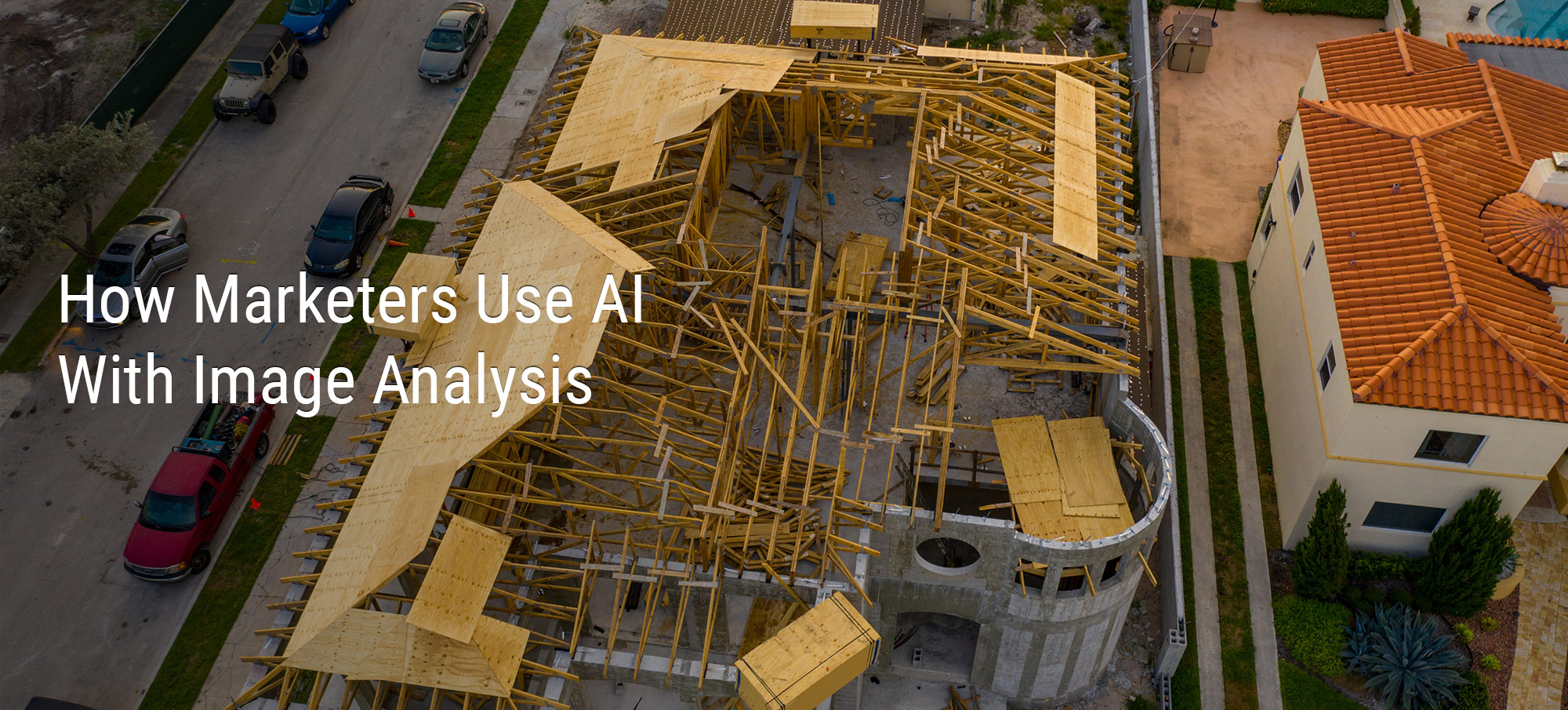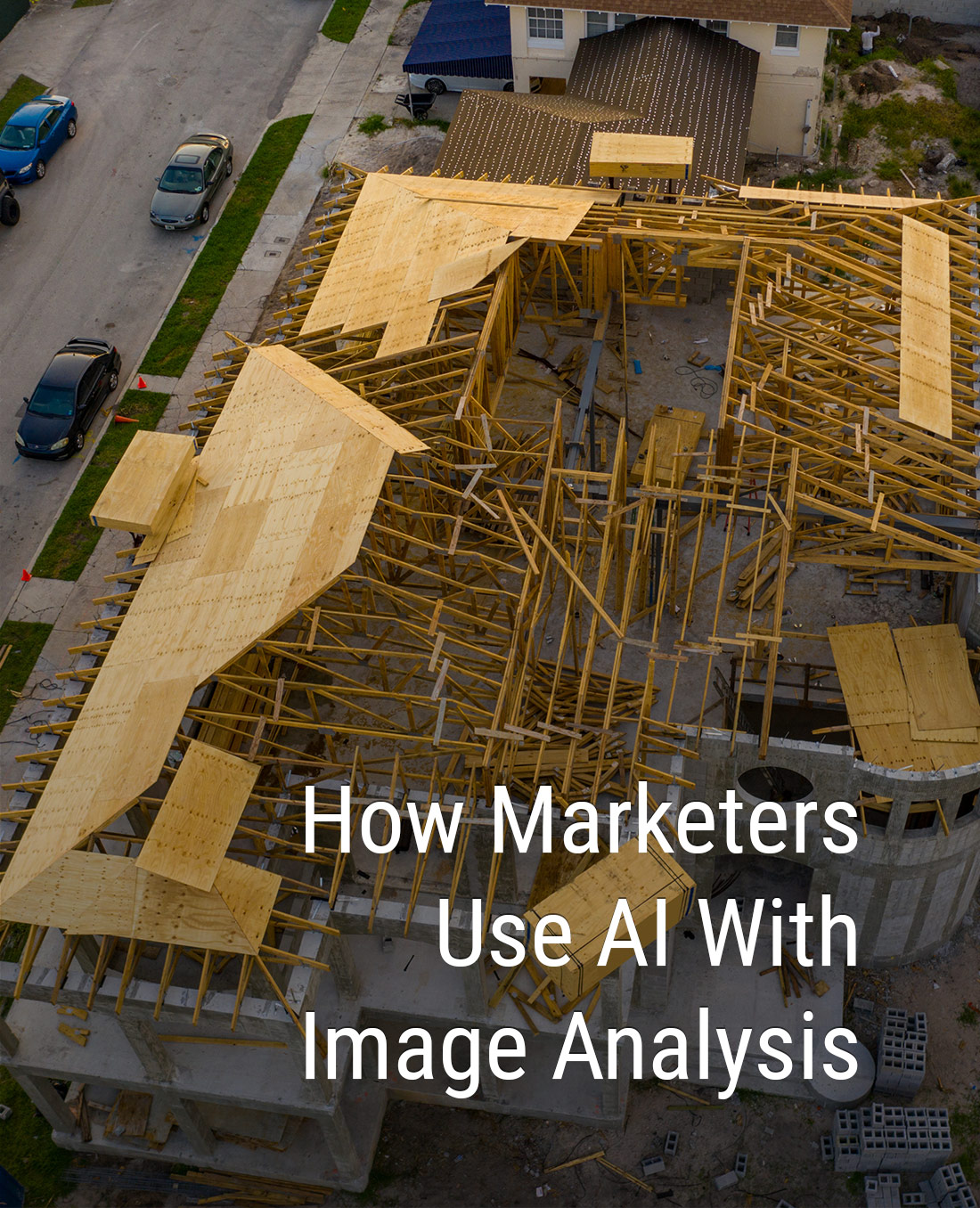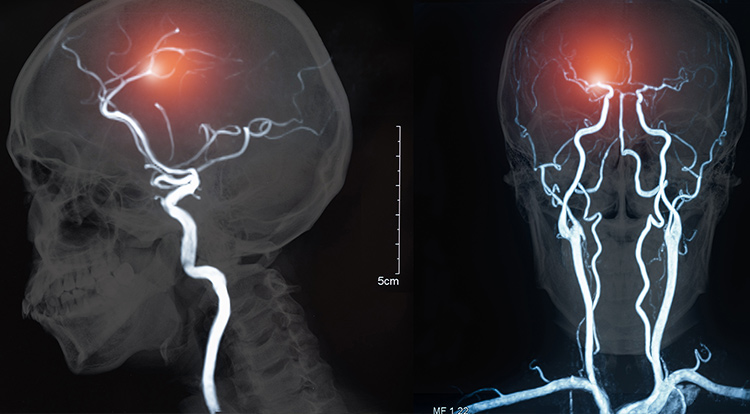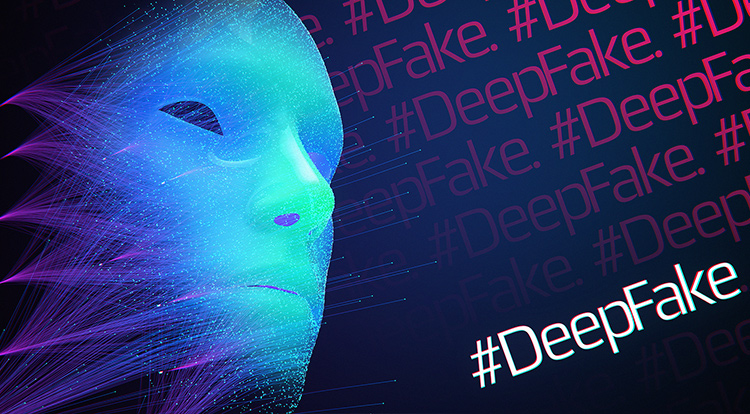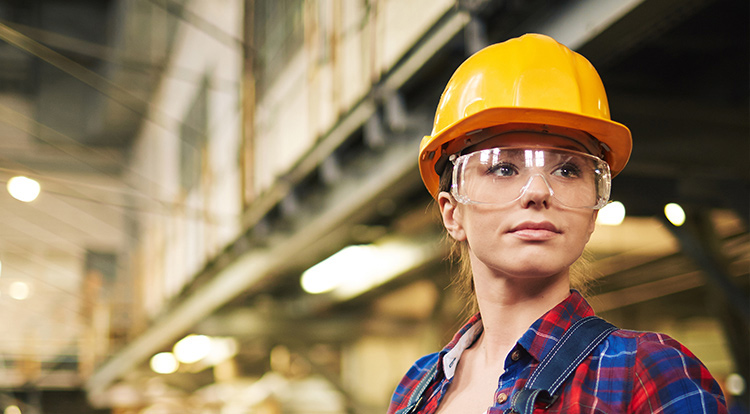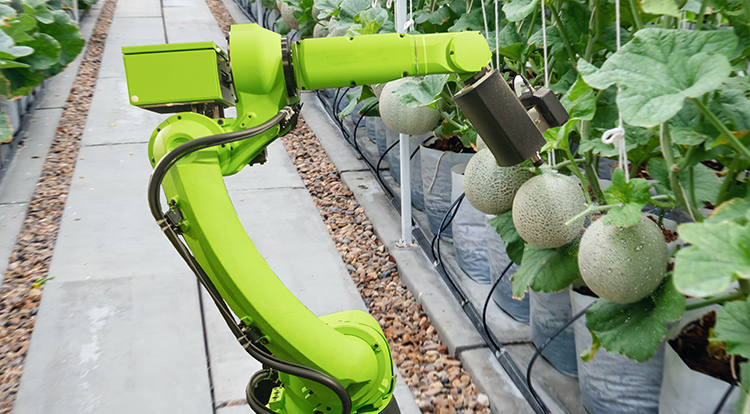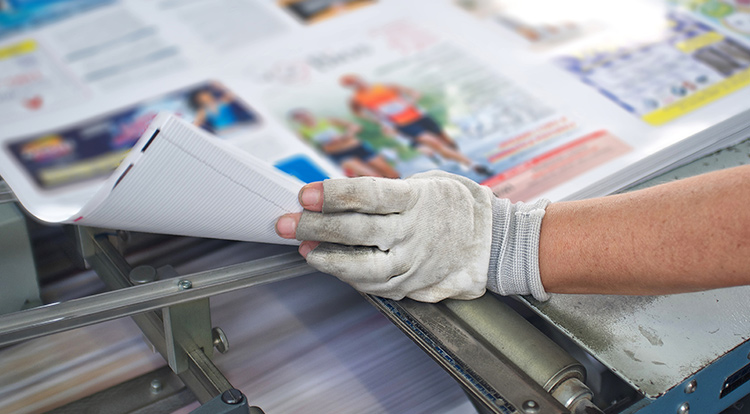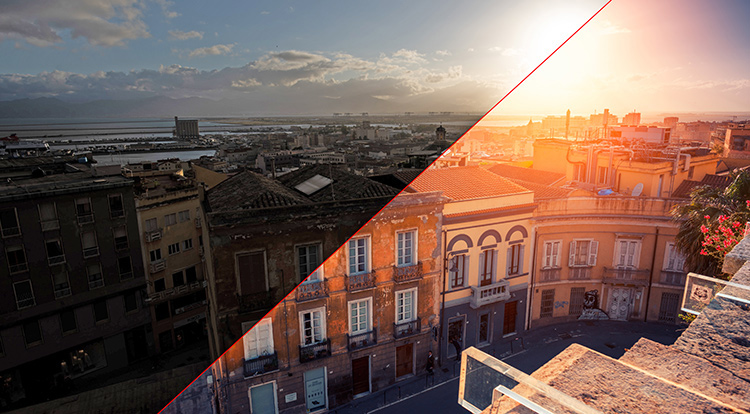How Can We Turn AI into Competitive Advantage?
The most limiting factor in AI and computer vision industries is that research and solutions are mostly focused on specific case uses. Plus, regulators are imposing conditions restricting the processing of personal data. In this regard, any user information becomes particularly valuable.
Large companies that set the pace and support emerging technologies have the ability to outperform rivals and provide their services to other companies.
An eminent example is McKinsey Global Institute conducting research in commercial, public, and social sectors and influencing developments of entire industries.
There is no denying that businesses can benefit from understanding their customers’ needs and desires through collecting data. But the question of what form it will take and what to do with it is better addressed by various outsourcing companies with Big Data departments. However, unlike us, even these companies are not always able to present a targeted optimization solution.
Why Data Is Key to Business Success
Big Data requires equally significant intelligence and resources. Before a model can quickly and accurately draw conclusions, it needs to be taught based on thousands of images. Then the tool will be able to identify, segment, and classify data.
But this effort is well worth it. Manually selecting and matching images based on specific criteria is almost unreasonable contrasted with what a neural network can achieve. Now there are a plethora of various datasets: there are images that can be found through search engines, social media, and mapping services, frames taken from video sharing platforms, etc.
The matter of data collection should preferably be resolved ahead of time. However, by consulting with machine learning specialists when dealing with the first datasets, you ensure the work is done correctly from the very beginning. The type and quality of data we gather and input into the model will affect the subsequent outcome. If we use data gathered from an outdated dataset, results may not be accurate.
For example, there might be a recent event that impacts demand in a particular market. Therefore, you will need a relevant dataset for precise analysis and a correct conclusion.
Collected data and data analysis can help you answer research questions and meet your objectives.
Contact us, and we will address your questions and assumptions. We will help you take advantage of Big Data and reach the most profitable outcome.
